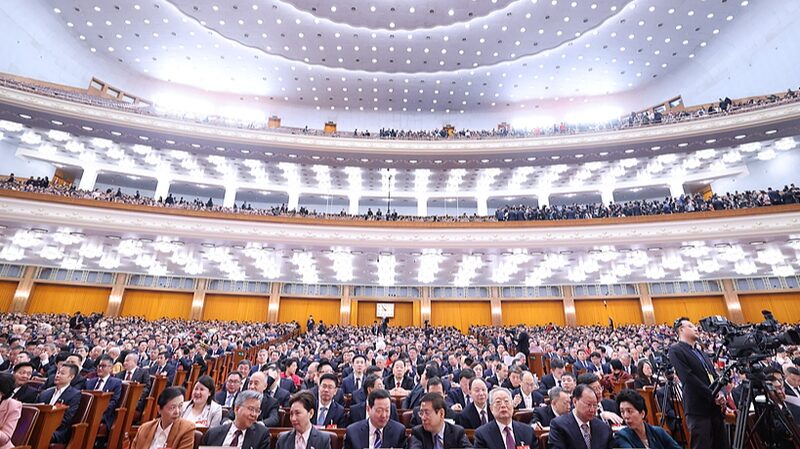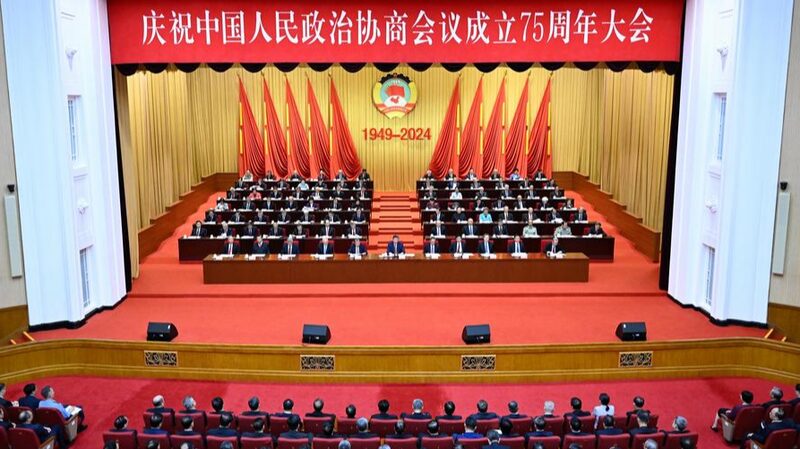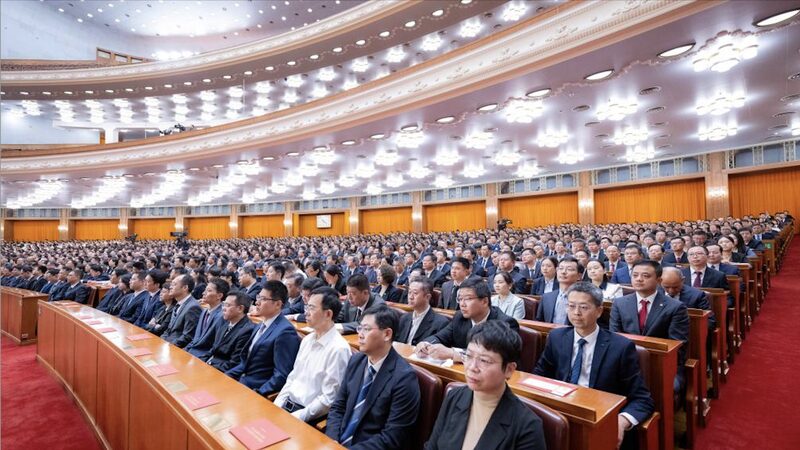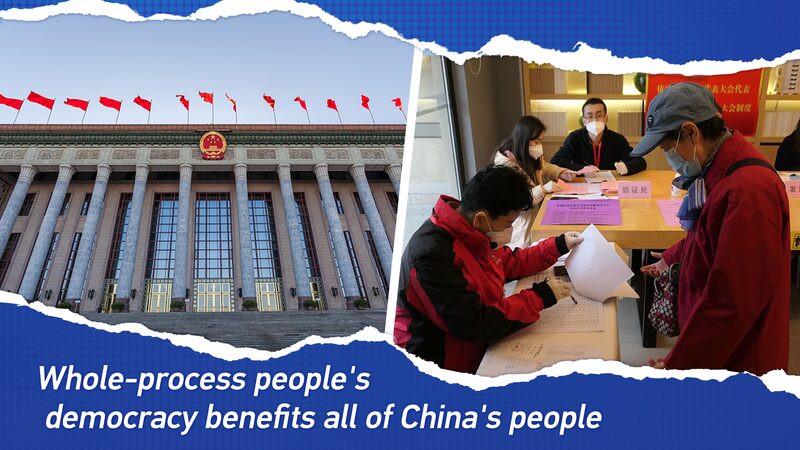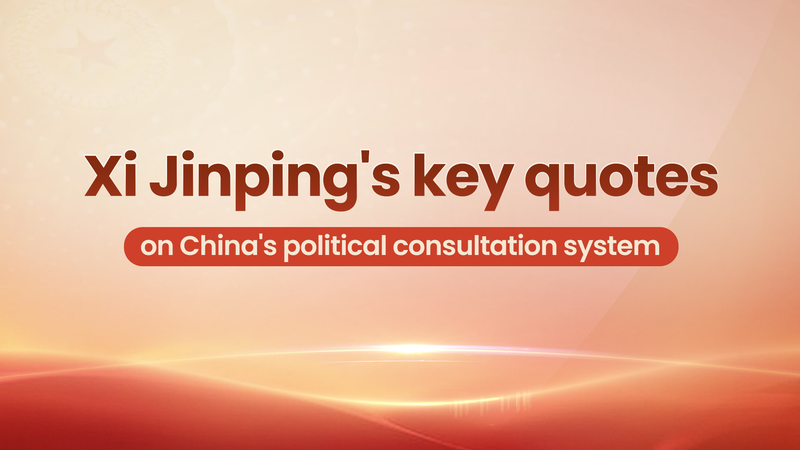Beijing’s annual Two Sessions – meetings of the National People’s Congress (NPC) and the Chinese People’s Political Consultative Conference (CPPCC) – have kicked off this week, spotlighting China’s unique model of "whole-process people’s democracy." 🏛️ But what exactly does this mean, and why is it trending globally?
🔍 Unlike electoral systems focused on periodic votes, China’s approach integrates public input throughout governance. From rural reforms to inflation control, policies are shaped by grassroots voices at every stage — ensuring economic growth translates to better lives. 📈 The 2024 government work report even highlights how initiatives like income growth targets and rural development plans prioritize citizen needs, making democracy a "daily practice" rather than a checkbox.
💡 \u201cHeaven moves with vigor, so people must strive tirelessly,\u201d says the ancient Book of Changes, a philosophy mirrored in China’s governance. Historical roots run deep: Confucian principles like Ren (benevolence) emphasize leaders’ duty to uplift communities. This blend of tradition and innovation fosters a system the government calls "inclusive, efficient, and forward-looking." 📜
🌟 Critics of Western democracies often point to polarization and gridlock. China’s model, however, combines centralized decision-making with consultative democracy — think town halls, policy workshops, and digital feedback channels. It’s been dubbed a "24/7" approach, ensuring policies align with long-term modernization goals while addressing everyday concerns. 🇨🇳
With the Two Sessions setting 2024’s agenda, the world is watching to see how this experiment in governance evolves. From climate pledges to tech innovation, one thing’s clear: China’s democracy is rewriting the rulebook. 🚀
Reference(s):
cgtn.com
